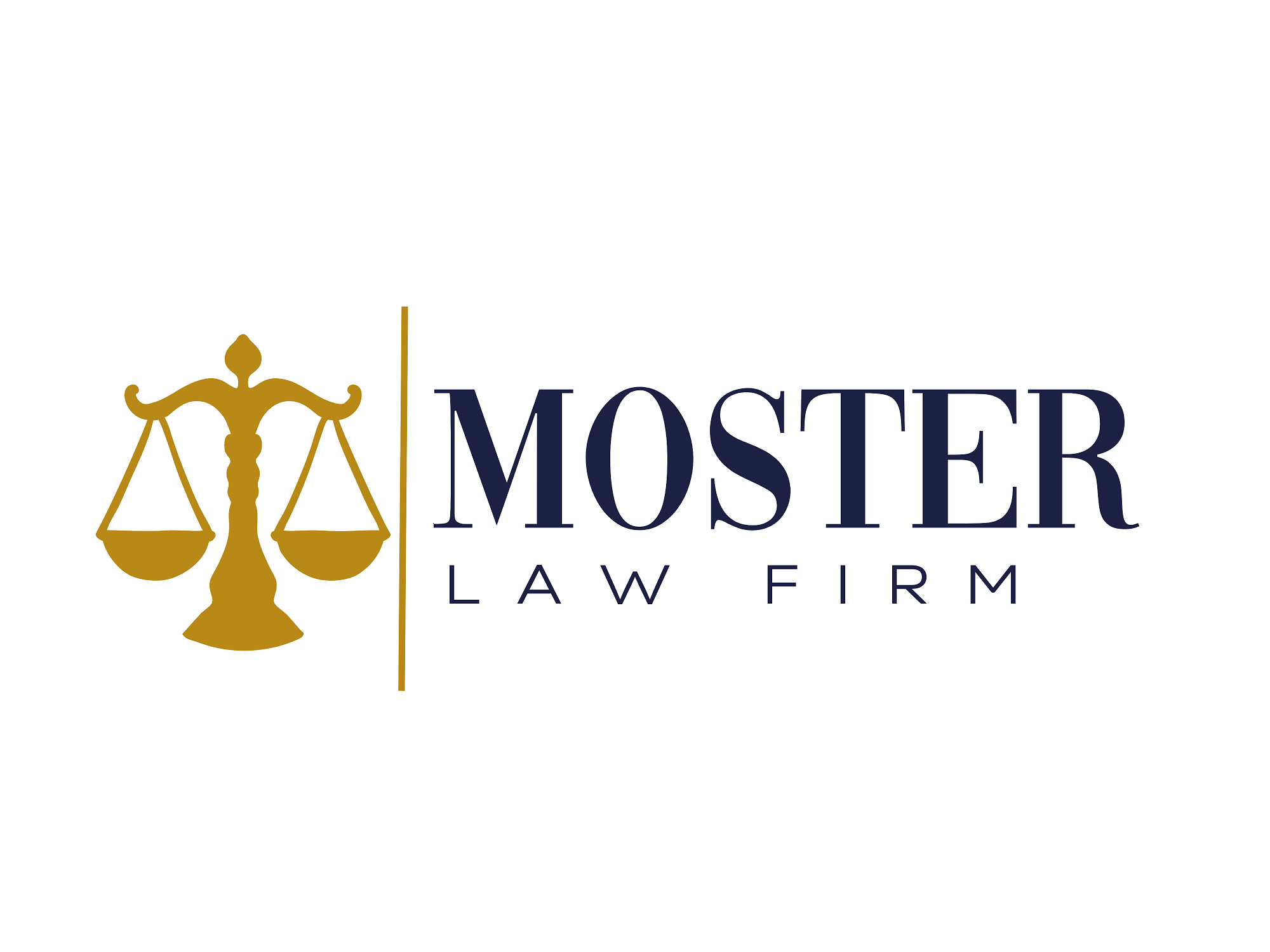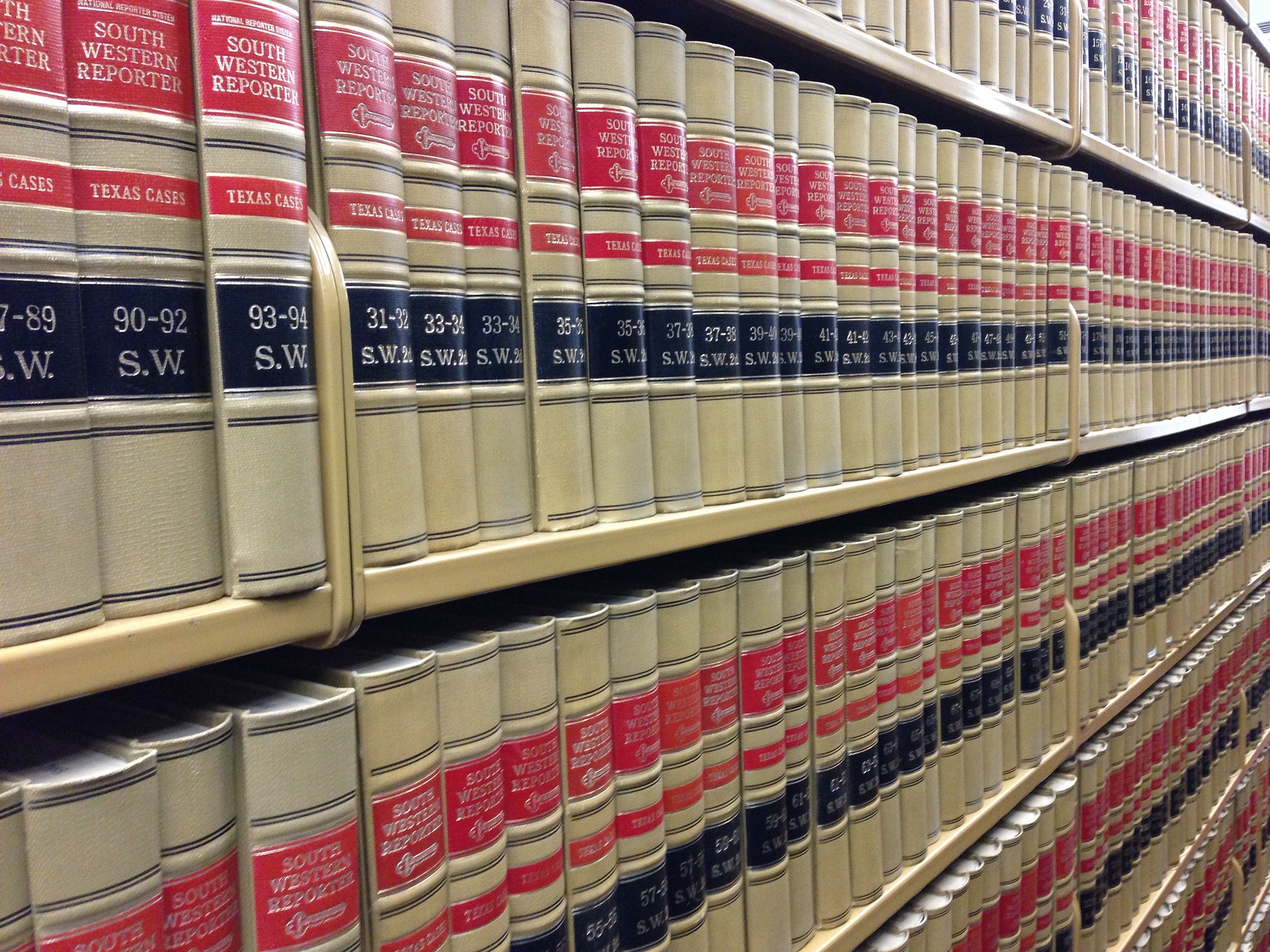Admittedly, the combination of a Texas Litigation Attorney with a “bell curve” sounds like a non-sequitur. What does a Texas Litigation Attorney have to do with the Bell Curve?
Let me explain. The bell curve is a graphic representation typically applied to human intelligence. The midpoint is considered to be average. Movement to the right of center evidences higher intelligence and the converse in the other direction.
Having been the recipient of almost fatal medical service, I am certain that Doctors can be placed on a bell curve based on their experience, education, and outcome. I was almost killed by a horrific cardiologist in Lubbock, Texas who talked a good game. He was decidedly to the left of center on the ole bell curve of medical competence. Fortunately, I survived to tell the tale.
As a Texas Litigation Attorney of many decades, I have my own theory of a bell curve applied to so-called Texas Litigation Attorneys and Texas Trial Attorneys. Mind you, this is my own theory and not representative of the Texas State Bar or any formal rating service. I stand by my rights to form an opinion under the First Amendment, and I will not be naming any lawyers in particular!
Although it is difficult to set forth the criteria for placement of an attorney or law firm on the Attorney Competence Bell Curve, here are a few factors to consider as to where to place the “X’ mark on the curve:
- Law Firm Experience in Court – You want your Firm to have experience before State and Federal Courts in Texas.If so, that is a mark to the right of the bell curve. If not, you know where to put it!
- Lawyers who love to fight! – This is really important because some attorneys are scared to be in court! Select an attorney who enjoys the challenge of a good fight and will go for the jugular. If your lawyer candidate seems – well – docile – that is not a good sign. Place your mark to the left!
- Select the Martindale Hubbell rating of “AV Preeminent”. This is the best rating service of attorney competence in the U.S., in my opinion. The above rating is held by only 10% of attorneys. Keep in mind that many rating services give attorneys high marks if they pay a special fee. These ratings are not legitimate and always inquire or check the web yourself before being impressed. Exclude any attorney that does not have this rating. Hint: Charles Moster, our Founder, has this rating! Put the mark on the left or right of the bell curve.
- Experience in the specific area of the dispute – This is critical. If the Texas Litigation issue concerns the violation of a Texas Non-competition clause – find the lawyer who has dealt this this specifically. If it deals with software misappropriation, find a Texas Litigation Attorney who has handled many software litigation disputes and also has background in intellectual property and patents. Based on this factor, place your mark to the left or right.
- Lawyers who can communicate – This is critical. Many lawyers are horrible at explaining the legal approach and bad communicators. If the lawyer you are interviewing uses lots of incomprehensible legal terms, that is a bad sign. Check mark to the left not right.
- Avoid arrogance. This is critical. The worst attorneys in my opinion have an attitude which usually indicates lack of competence (again – my personal view). Place your mark accordingly.
ADD UP ALL OF YOUR “X” MARKS AND SEE WHERE ON THE BELL CURVE YOUR POTENTIAL TEXAS LITIGATION ATTORNEY ENDS UP.
SCREEN OUT ALL CANDIDATES AT THE CENTER AND LEFT. CHOOSE FROM YOUR GROUP TO THE RIGHT OF THE BELL CURVE.
At Moster Craft, we stand ready to tackle any dispute you have. We consider ourselves to be Texas Litigation Attorneys on the right side of the Bell Curve. Certainly, Martindale Hubbell would agree.
Give us a call!


